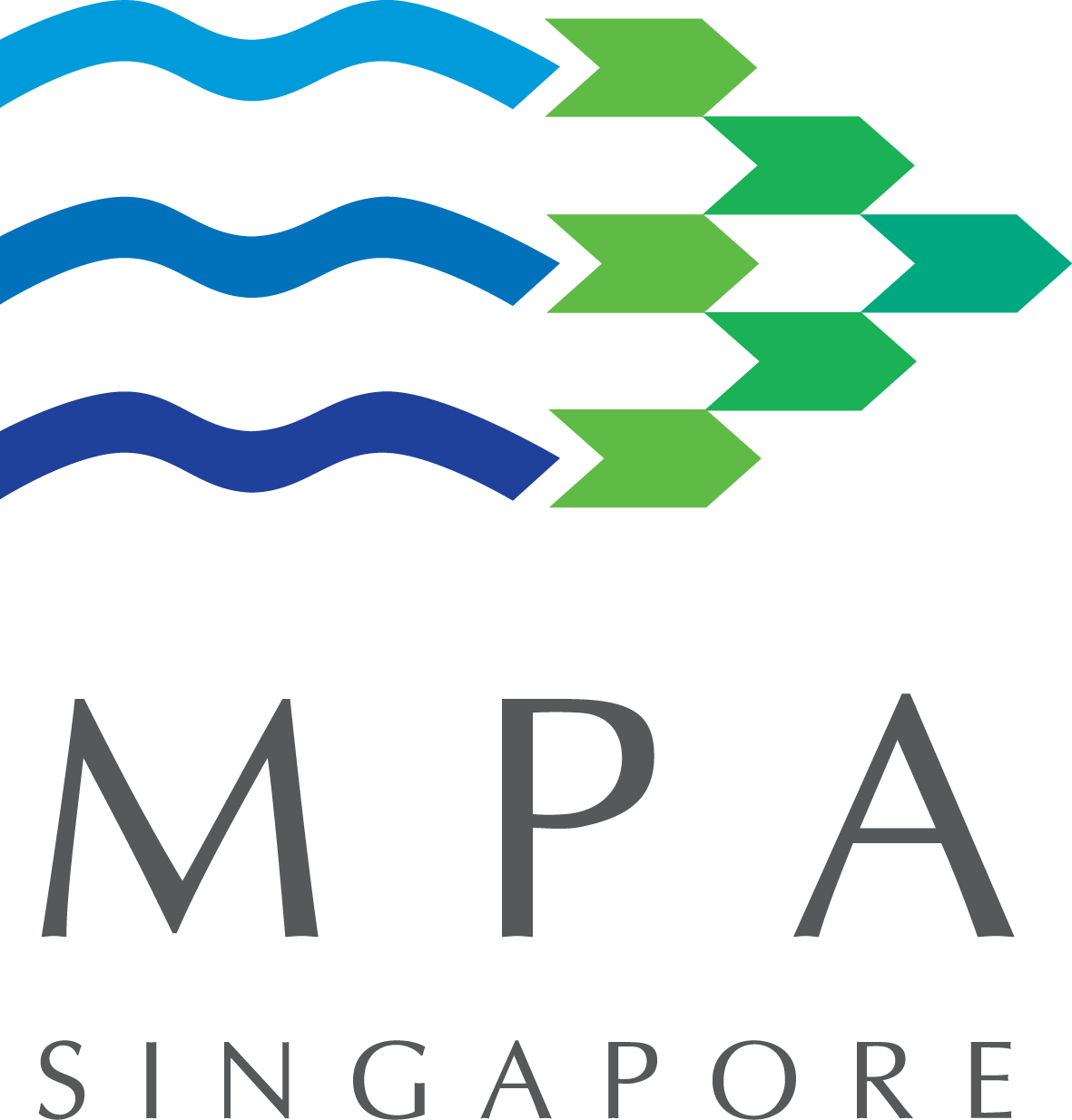SPEECH BY MRS JOSEPHINE TEO, SENIOR MINISTER OF STATE FOR FINANCE AND TRANSPORT, AT THE SINGAPORE SHIPPING ASSOCIATION'S 28TH ANNIVERSARY GALA DINNER ON 27 SEPTEMBER 2013 AT RESORTS WORLD CONVENTION CENTRE, 8.20 PM
Mr Patrick Phoon
President, Singapore Shipping Association
Distinguished Guests,
Ladies and Gentlemen,
It is my pleasure to join you this evening to celebrate the 28th anniversary of the Singapore Shipping Association (SSA). Having commemorated "World Maritime Day" earlier this week, it is fitting that we gather today to celebrate the SSA's contributions to the success of the Singapore maritime industry.
Port and Maritime Performance in 2012
The past year has been a challenging one for the maritime industry. Shipping companies continue to be affected by weak demand, overcapacity of ships, high fuel prices and growing environmental concerns. The global maritime outlook today remains cautious, as shipping companies continue to monitor and manage excess tonnage, tight financing and operating costs. Some expect the market to recover earliest in end-2014.
Despite these challenges, I am heartened that Maritime Singapore has continued to do well. In 2012, our annual container throughput grew by 6% to reach a historic high of 31.6 million twenty-foot equivalent units (TEU). We maintained our global lead in vessel arrival tonnage with 2.25 billion gross tons (GT) for 2012, and remained the top bunkering port with about 43 million tons of bunkers sold. For 2013, with the exception of bunker volume, our vessel arrival tonnage, container and cargo throughput to-date have all shown good growth compared to last year.
Looking ahead, we believe that the long-term fundamentals for the maritime sector remain strong. This is why we are starting to write the next chapter of Singapore's maritime story. As highlighted by our Prime Minister during last month's National Day Rally, we will be consolidating our container port activities at Tuas in the long term. This move will allow our port to meet the long term demands of container shipping while achieving greater efficiency and economies of scale. To provide sufficient capacity to accommodate the growth in container shipping, we are planning for Tuas Terminal to handle up to 65 million TEUs each year. In addition to developing infrastructure ahead of demand, we will also continue to refine our maritime policies to ensure that Maritime Singapore remains competitive and relevant. This includes working with the industry to invest in technology and manpower development so as to raise productivity and grow our core of local maritime talent.
Government-Industry Partnership
These plans can only be achieved through the strong tripartite partnership between the Government, the industry and the unions. In fact, this partnership plays a key role in growing a vibrant maritime ecosystem in Singapore, where we are home to more than 5,000 maritime companies and about 130 international shipping groups.
Our maritime ecosystem is well represented within the SSA, which has been expanding its membership beyond the traditional shipping companies to include other maritime stakeholders such as shipbrokers, classification societies, marine insurers, bunker suppliers, maritime lawyers, and shipping bankers.
As the voice of the shipping industry, the SSA is integral to this Government-Industry partnership, and has on many occasions provided useful feedback and suggestions to enhance our maritime policies. Let me share some examples of the SSA's recent contributions.
One such initiative is the Maritime Labour Convention (MLC), which came into force on 20 August. Commonly termed the 'bill of rights' for seafarers, the MLC sets out seafarers' rights to decent conditions of work and safeguards their welfare. Since Singapore ratified the Convention in June 2011, MPA has been working closely with the Tripartite Working Group, comprising government agencies, industry and the seafarer unions to ensure that Singapore meets the provisions and requirements of the MLC. The SSA provided useful feedback on the practical concerns of shipowners, which, together with feedback from the seafarers' unions, helped MPA formulate its position.
The SSA has also provided useful insights from the shipowners' perspectives during MPA's review of our port dues structure. Following close consultation with the SSA and other industry stakeholders, MPA has rolled out a new port dues structure since July 2013 that takes into account the new demands on our port such as the need for more efficient use of our anchorage space.
This strong partnership between the industry and Government is the foundation upon which we continue to grow Singapore as a global hub port and leading International Maritime Centre. I am confident that with the SSA's continued support, we can work together to position Maritime Singapore in good stead to capitalise on the opportunities the shipping industry has to offer when it recovers.
Conclusion
In conclusion, let me once again congratulate the SSA on its 28th anniversary, and I wish the SSA and its members many more successful years ahead.
Thank you.
